(By Khalid Masood)
On 22 June 2025, the skies over Iran roared with the ominous hum of US B-2 Spirit stealth bombers, unleashing a barrage of Massive Ordnance Penetrator (MOP) bombs and Tomahawk missiles on three of the nation’s nuclear facilities—Fordow, Natanz, and Isfahan. Orchestrated at Israel’s behest, this unprecedented direct US intervention marks a perilous escalation in the simmering Iran–Israel conflict, threatening to plunge the Middle East into chaos. While US President Donald Trump and Israeli Prime Minister Benjamin Netanyahu proclaim the “obliteration” of Iran’s nuclear programme, Tehran’s Atomic Energy Organization counters with a narrative of minimal damage and unyielding resolve. This article dissects the strikes, exposes the hubris of Western aggression, and celebrates Iran’s resilience, arguing that military cannot extinguish a nation’s scientific spirit or sovereign rights.
I. Introduction: A Dangerous Gambit in a Volatile Region
The Middle East, already a tinderbox in June 2025, witnessed a seismic shift when the United States, bowing to Israeli pressure, launched precision strikes on Iran’s nuclear facilities. Following weeks of Israeli airstrikes and Iranian retaliatory drone and missile barrages, the US intervention on 21 June—deploying six B-2 bombers and 30 Tomahawk missiles—escalated a shadow war into a direct confrontation. Trump’s boast of a “spectacular military success” and Netanyahu’s claim of a “history-altering” blow contrast sharply with Iran’s assertion of superficial damage and operational continuity. This clash of narratives, set against a backdrop of civilian suffering and regional tension, underscores the recklessness of Western adventurism and Iran’s enduring defiance in the face of imperialist aggression.
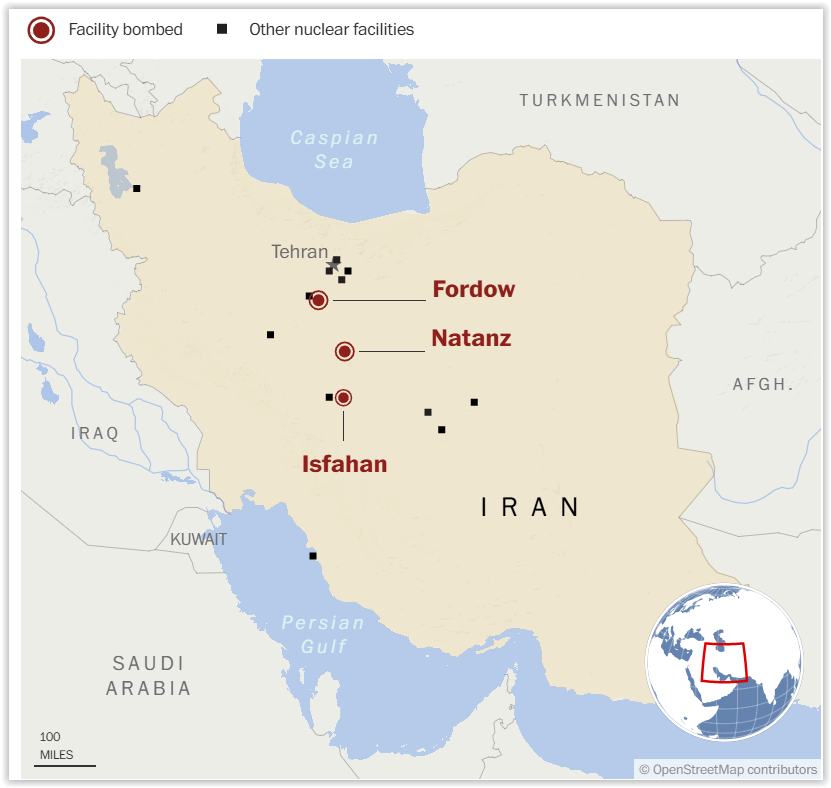
II. The Attack: A Choreographed Act of Aggression
The US strikes unfolded in the early hours of 22 June, following a week of Israeli assaults on Iranian nuclear and military targets. The operation targeted three key sites: Fordow, a fortified enrichment facility buried 80–90 metres under Qom’s mountains; Natanz, Iran’s largest uranium enrichment complex; and Isfahan, nuclear technology hub hosting research reactors.
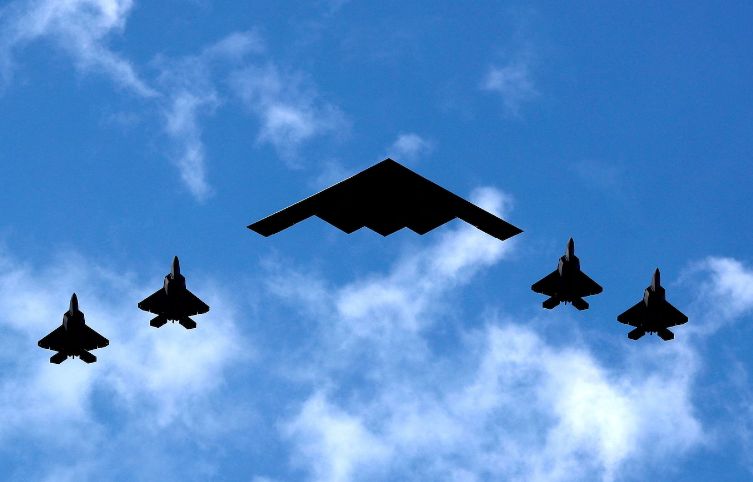
- Weapons Deployed: Six B-2 Spirit stealth bombers, flying 37 hours non-stop from Missouri’s Whiteman Airbase with mid-air refuelling, dropped twelve GBU-57A/B MOP bombs—30,000-pound “bunker busters” designed to penetrate 200 feet of rock or concrete—primarily on Fordow. Simultaneously, US Navy submarines launched 30 Tomahawk Land Attack Missiles (TLAMs) at Natanz and Isfahan, targeting surface infrastructure and air defences.
- Execution: The strikes, kept secret until Trump’s Truth Social post, leveraged Israel’s intelligence on target layouts, bypassing Iran’s depleted air defences, ravaged by prior Israeli attacks.
- Western Claims: Trump declared Iran’s nuclear facilities “completely obliterated,” hailing the operation as a triumph of American might. Netanyahu echoed this, asserting the strikes “ended Iran’s nuclear ambitions.” Fox News’ Sean Hannity, citing Trump, claimed Fordow was “gone.”
This choreographed assault, the first US combat use of the GBU-57, reflects a calculated bid to cripple Iran’s nuclear programme—yet it underestimates Tehran’s resilience and strategic depth.
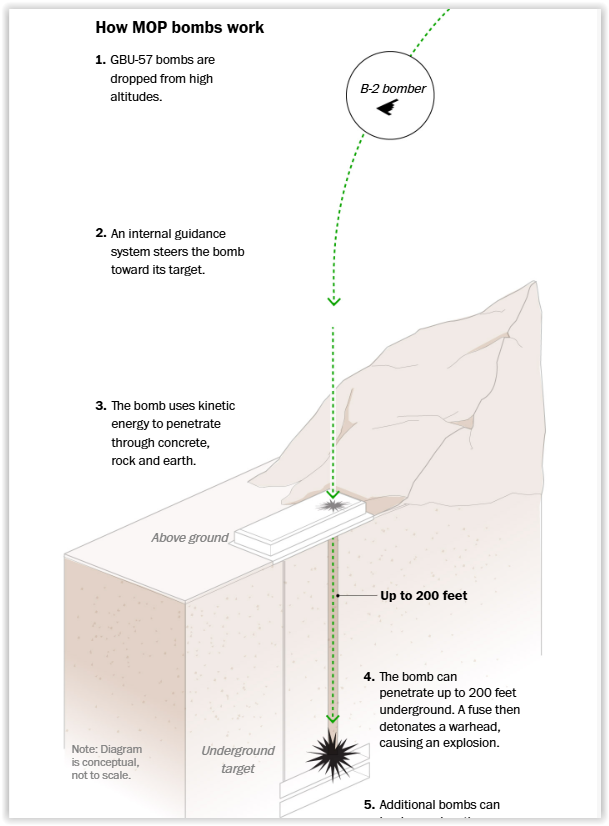
III. Iranian Response: Defiance Amid the Rubble
Iran’s response was swift and resolute, projecting strength and continuity. The Atomic Energy Organization (AEOI) reported “no contamination” or significant radiological threat, with field surveys and radiation systems confirming safety for residents near Fordow, Natanz, and Isfahan. Iranian officials, including Foreign Minister Seyed Abbas Araghchi, condemned the strikes as “criminal behaviour,” accusing the US of violating the UN Charter and the Non-Proliferation Treaty (NPT).
- Damage Assessment: Tehran claims the strikes caused only superficial damage, primarily to entrances, above-ground structures, and ancillary facilities. Fordow’s deep bunkers, Natanz’s fortified centrifuges, and Isfahan’s reactors remain operational, with repair work underway. No major casualties were reported, and nuclear operations continue, bolstered by Iran’s domestic expertise.
- Resilience Narrative: Iranian media, including Fars and Press TV, broadcast images of minor fires and debris, quickly extinguished, framing the attacks as a “failed spectacle.” AEOI chief Mohammad Eslami hailed Iran’s scientists, invoking the “legacy of nuclear martyrs” like Mohsen Fakhrizadeh, assassinated in 2020, as a symbol of unyielding resolve.
Iran’s defiance, rooted in 45 years of sanctions and sabotage, underscores a truth: no bomb can extinguish a nation’s scientific spirit or sovereign pursuit of nuclear technology.
IV. Competing Narratives: The Fog of Information Warfare
The strikes ignited a fierce information war, with each side wielding propaganda to shape global perceptions:
- US–Israeli Narrative: Trump and Netanyahu claim the strikes “decapitated” Iran’s nuclear programme, forcing Tehran to choose “peace or tragedy.” US media, citing anonymous officials, report Fordow’s “total destruction” and Natanz’s centrifuge cascades in ruins, predicting years of setbacks for Iran.
- Iranian Narrative: Tehran counters that the damage is “negligible,” with nuclear facilities “fully functional.” Press TV and Tasnim News emphasize quick recovery, showcasing workers repairing entrances and scientists resuming enrichment. Iran accuses the West of exaggerating to mask strategic failure.
- Independent Reports: Eyewitness accounts and open-source imagery, including Maxar satellite photos dated 14 June, show localized damage at Isfahan and Natanz, with Fordow’s mountain fortress largely intact. Social media posts from Iranian depict normalcy, while military analyst Waqar Hassan Khan argues the strikes aim to “reassert Israeli hegemony” and destabilize the region.
This clash of narratives reveals the limits of Western propaganda. Iran’s ability to control its story, even under assault, frustrates US–Israeli efforts to declare victory, exposing the fragility of their “obliteration” claims.
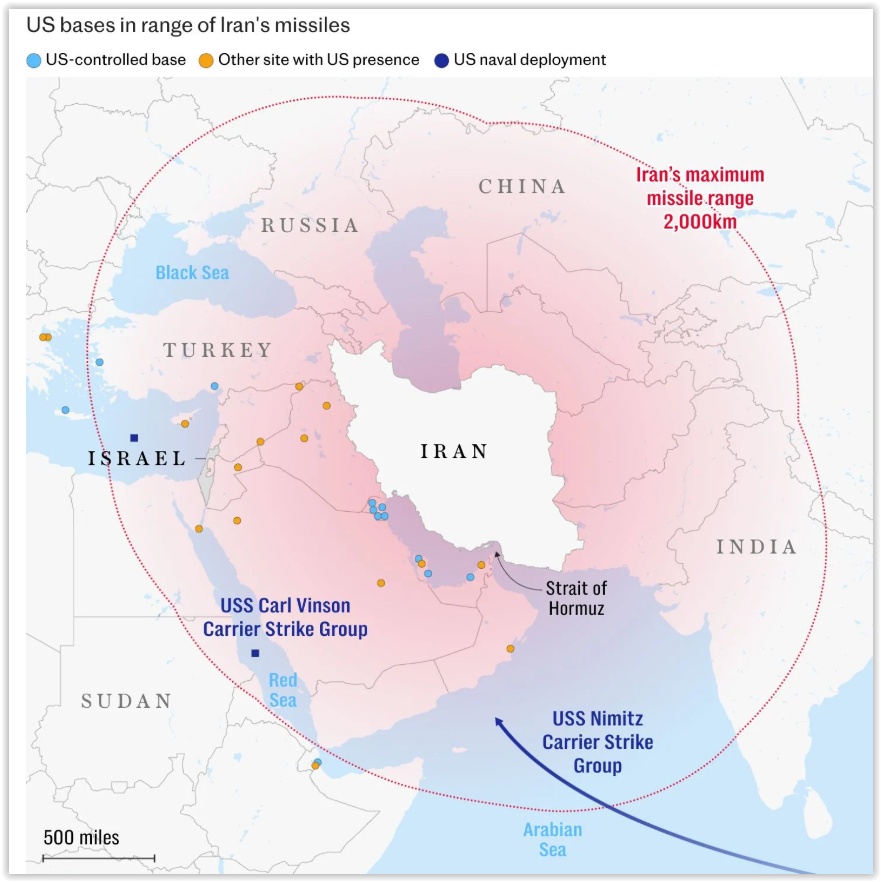
V. Legal and Strategic Implications: A Breach of Sovereignty
Iran’s condemnation of the strikes as “outrageous” is grounded in international law. The attack on IAEA-monitored facilities, integral to Iran’s NPT-compliant nuclear programme, violates UN Charter Article 2(4), prohibiting the use of force against sovereign states. Iran’s Foreign Ministry warned of “everlasting consequences,” reserving the right to respond under Article 51’s self-defence clause.
- US Justification: Washington claims the strikes were preemptive, citing Iran’s alleged pursuit of nuclear weapons—a charge Tehran denies, noting its 60% uranium enrichment falls short of weapons-grade (90%). The US, leveraging Israel’s intelligence, frames the attack as a “necessary evil” to prevent a nuclear-armed Iran, despite IAEA reports of no diversion to military use.
- International Reaction: UN Secretary-General António Guterres called the strikes a “dangerous escalation,” urging restraint. Russia and China condemned the US, with Beijing warning of “catastrophic fallout.” Western allies, including the UK and France, expressed cautious support but failed to broker mediation, as Iran rejected EU ceasefire proposals.
- Strategic Risks: The strikes risk galvanizing Iran’s hardliners, potentially pushing Tehran to expel IAEA inspectors or accelerate enrichment, as seen after the 2020 Soleimani assassination. Asymmetric retaliation—via proxies in Iraq, Syria, or Yemen—looms, threatening US bases and Israeli cities.
The US–Israeli gamble assumes military might can dictate Iran’s future, ignoring Tehran’s strategic patience and regional influence.
VI. The Broader Conflict: A Region on the Brink
The strikes cap weeks of escalating hostilities, beginning with Israel’s 13 June attacks on Iran’s nuclear sites, missile factories, and IRGC commanders, killing 24 civilians in retaliatory Iranian strikes on Tel Aviv and Jerusalem. Iran’s drone and missile barrages, though limited by depleted air defences, inflicted symbolic damage, while Israel’s relentless bombing claimed 240 Iranian lives by 20 June.
- Regional Fallout: The US intervention has inflamed tensions, with Hezbollah and Houthi proxies vowing retaliation. Iraq and Syria brace for spillover, while Gulf states, fearing Iranian reprisals, bolster defences. The risk of a wider war—potentially drawing in Russia and China—looms large, as social media posts warn of a “regional inferno.”
- Iran’s Resilience: Despite sanctions, sabotage, and now direct attack, Iran’s Islamic Revolutionary Guard Corps (IRGC) and proxy network remain intact. Tehran’s defiance, echoed in Supreme Leader Ayatollah Ali Khamenei’s 18 June vow to “outlast aggressors,” galvanizes domestic support, with rallies in Qom and Mashhad decrying US “terrorism.”
Iran’s ability to absorb punishment and retaliate asymmetrically exposes the folly of Western escalation, which strengthens rather than weakens Tehran’s resolve.
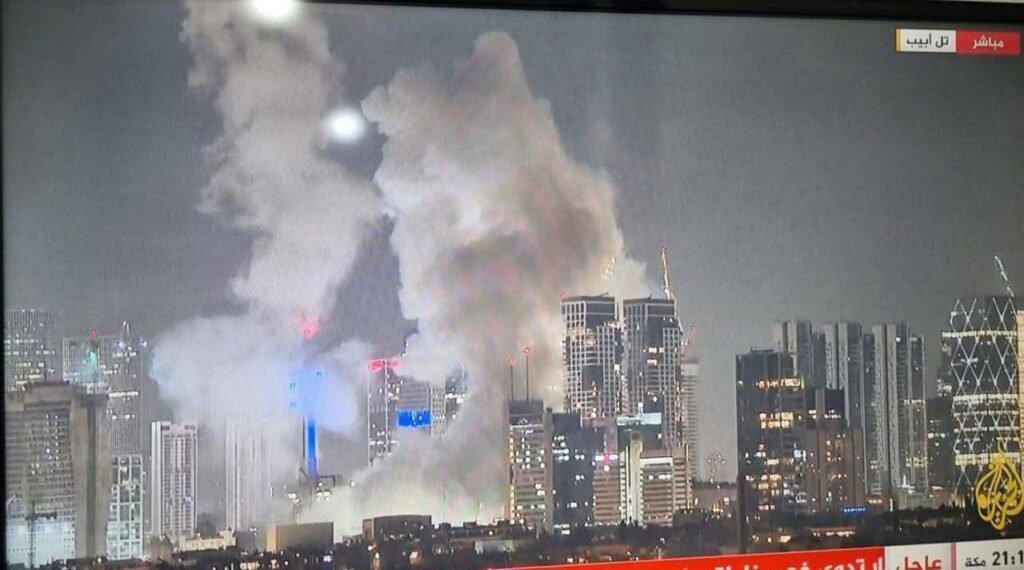
VII. The Limits of Military Power: Iran’s Unbroken Spirit
Can bombs halt a nation’s scientific ambition? History suggests otherwise. Iran’s nuclear programme, born in the 1970s under the Shah with US support, survived the 1979 Revolution, eight years of war with Iraq, and decades of sanctions. Stuxnet, assassinations, and Israeli strikes have delayed but never destroyed it. The US–Israeli belief that 12 MOPs and 30 Tomahawks can “obliterate” Iran’s expertise is a delusion.
- Scientific Legacy: Iran’s scientists, trained domestically and abroad, embody a legacy of sacrifice. Each attack—Fakhrizadeh’s murder, Natanz’s sabotage—has spurred innovation, with Iran mastering centrifuge design and fuel production. The AEOI’s rapid repairs post-22 June prove this resilience.
- National Resolve: The strikes have unified Iran’s fractious polity, with moderates and hardliners rallying against “Zionist–American aggression.” Public anger, fueled by 45 years of perceived injustice, strengthens Tehran’s hand, as seen in X posts hailing Iran’s “unbreakable spirit.”
- Strategic Calculus: Iran’s restraint—avoiding rash retaliation—reflects strategic wisdom. By framing itself as a victim of illegal aggression, Tehran gains diplomatic leverage, with allies like Russia and China amplifying its case at the UN.
The US–Israeli axis misreads Iran’s patience as weakness, ignoring a nation forged in resistance.
VIII. Conclusion: A Call for Diplomacy Amid the Fog of War
The US strikes on Fordow, Natanz, and Isfahan are not a triumph but a tragedy—a reckless escalation that risks a regional conflagration. While Trump and Netanyahu crow of victory, Iran’s scientists repair, its people rally, and its leaders plot a measured response. The West’s narrative of “obliteration” crumbles against Tehran’s evidence of resilience, exposing the limits of military power against a nation’s sovereign will.
The Middle East teeters on the brink, with 240 Iranian and unknown numbers of Israeli lives lost in this senseless spiral. Diplomacy, not destruction, is the path forward. Iran’s call for UN condemnation and its restraint amid provocation offer a window for de-escalation, if only the West would listen. The world must demand restraint, reject propaganda, and uphold international law, lest the fog of war engulfs us all. Iran, bloodied but unbowed, stands as a testament to the enduring spirit of a nation that will not be broken. For peace, for justice, for humanity—let reason prevail.

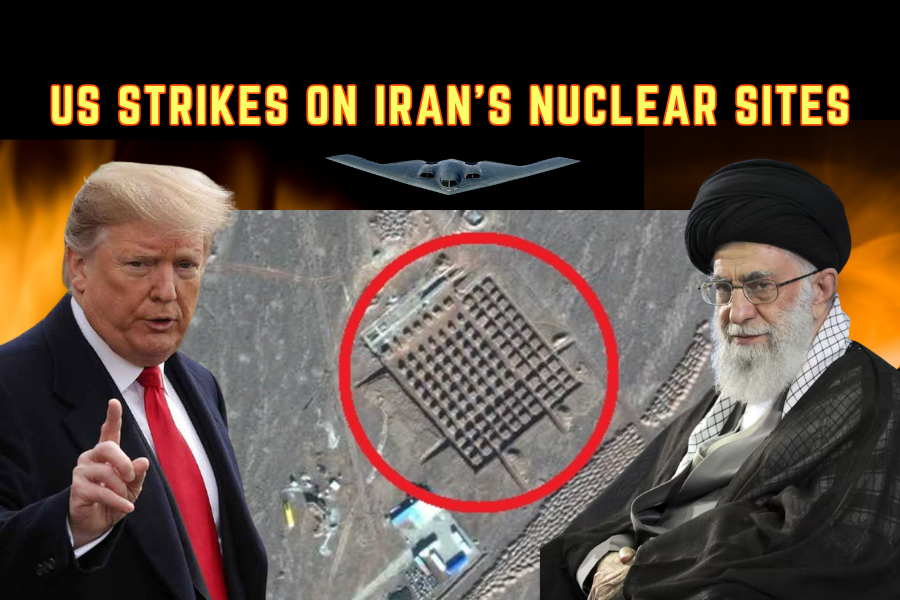
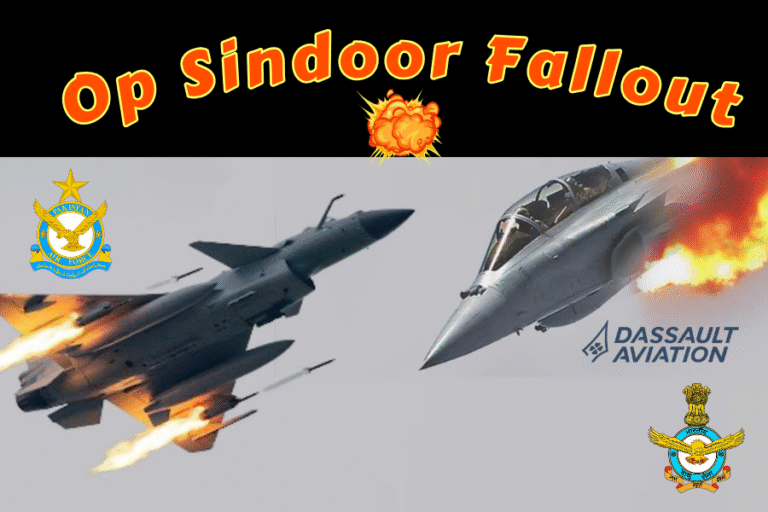
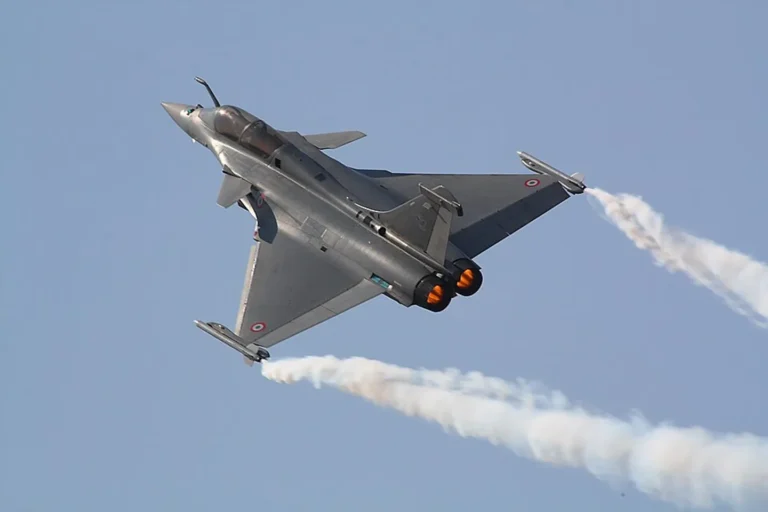
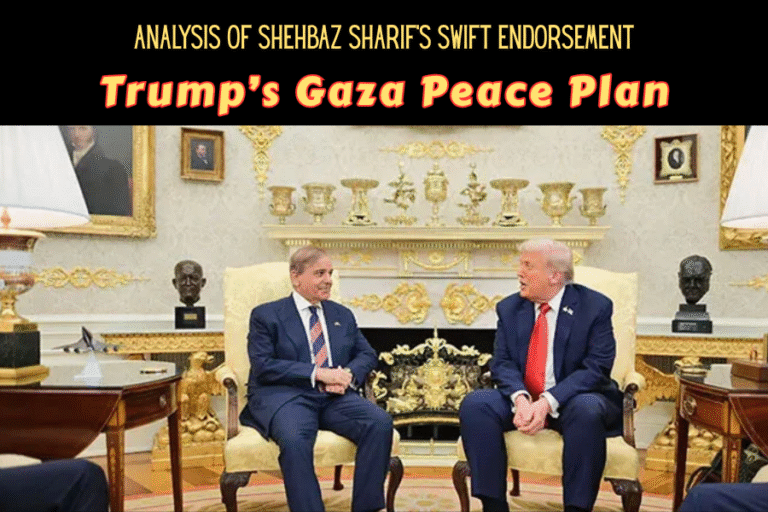
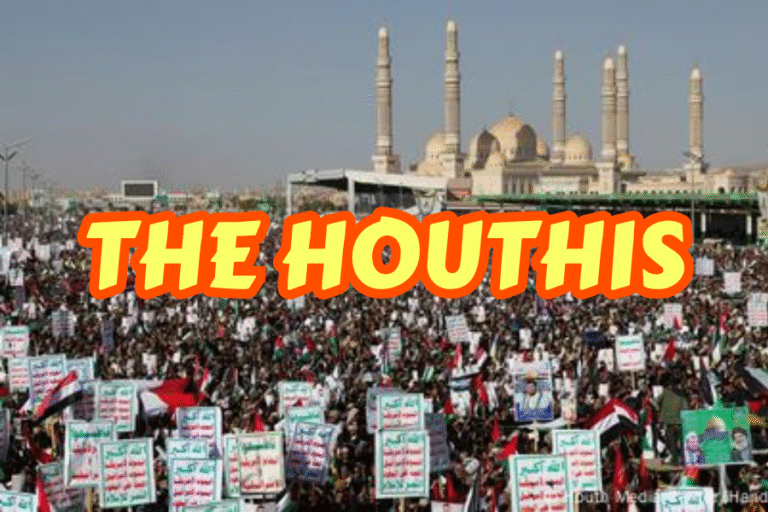

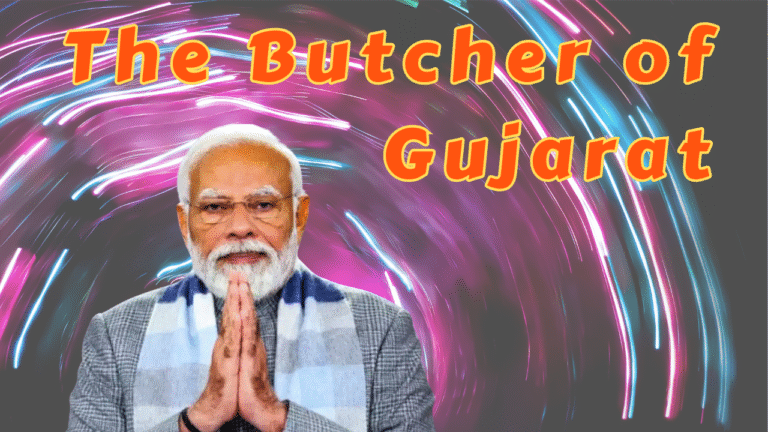
Trump MUST be awarded with Nobel ‘PIECE’ Prize